Description
Gandha prasarini is a an important ayurvedic herb. It is a vigorous climber with purple and white flowers. Leaves when crushed emit an unpleasant smell, which is what led to its various vernacular names.Foetida also contains friedelin, campesterol, ursolic acid, hentriacontane, hentriacontanol, ceryl alcohol, palmitic acid and methyl mercaptan 5. Ellagic acids 15, Epifriedelinol, Terpenoids, alkaloids paederine (a-paederine and b-paederine), volatile 16 and an essential oil.Parts used Leaves, Roots.Used for treating Rheumatism, Paralysis, Diarrhea, Dysentery, Infertility, Flatulence, Inflammation. It is sometimes planted as an ornamental, and has virtue in folk medicine. It is also used as a culinary spice in some traditional cooking in North Eastern and Eastern India. In Hainanese cuisine, the leaves are ground into flour and mixed with rice to form noodles used in a sweet soup.: It is sometimes planted as an ornamental, and has virtue in folk medicine. It is also used as a culinary spice in some traditional cooking in North Eastern and Eastern India. In Hainanese cuisine, the leaves are ground into flour and mixed with rice to form noodles used in a sweet soup.
- This is very fast growing plant with minimal care is needed.
- We provide best packaging for your live plant that will be safely delivered to your doorstep .
- Full sun to partial shade is favorable.
- Cuttings may be planted in raised beds at 10 cm apart row and 5 cm within a row. Double node stem with leaves is recommended for planting in the month of August and September. Seed germination is low, around 25-30%.
Uses of gandha prasarar
It has various therapeutic properties like Anti-inflammatory, Anti-Oxidant, Anti-Bacterial, Anti-Helminthic and Anti-Hyperglycemic. Because of its different properties it is used in treatment of different ailments like rheumatism, paralysis, abscesses, gout, diarrhea, dysentery, infertility, colic and flatulence


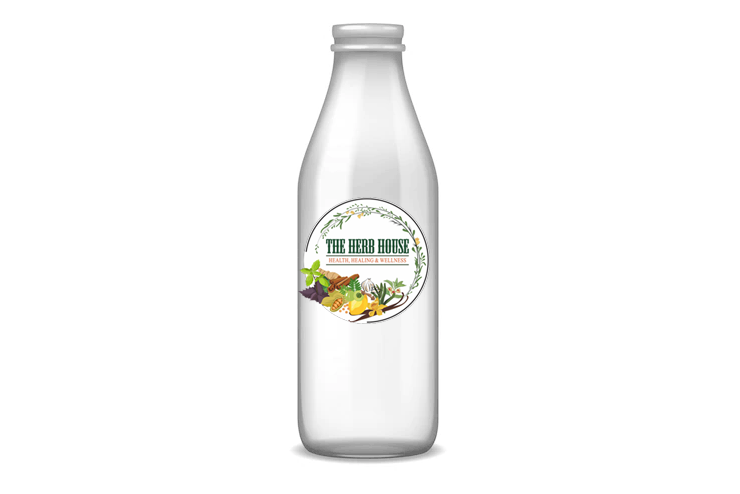
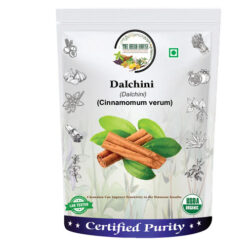
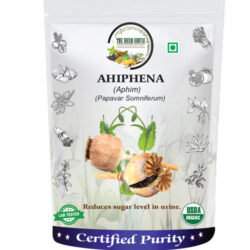
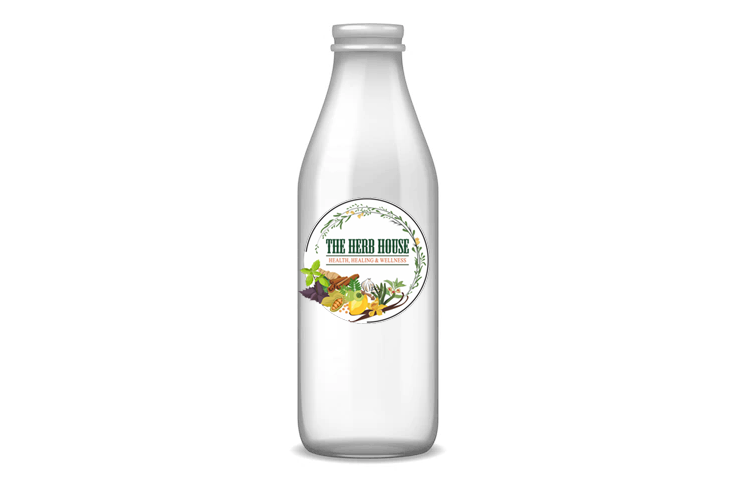
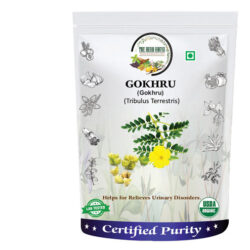
Reviews
There are no reviews yet.